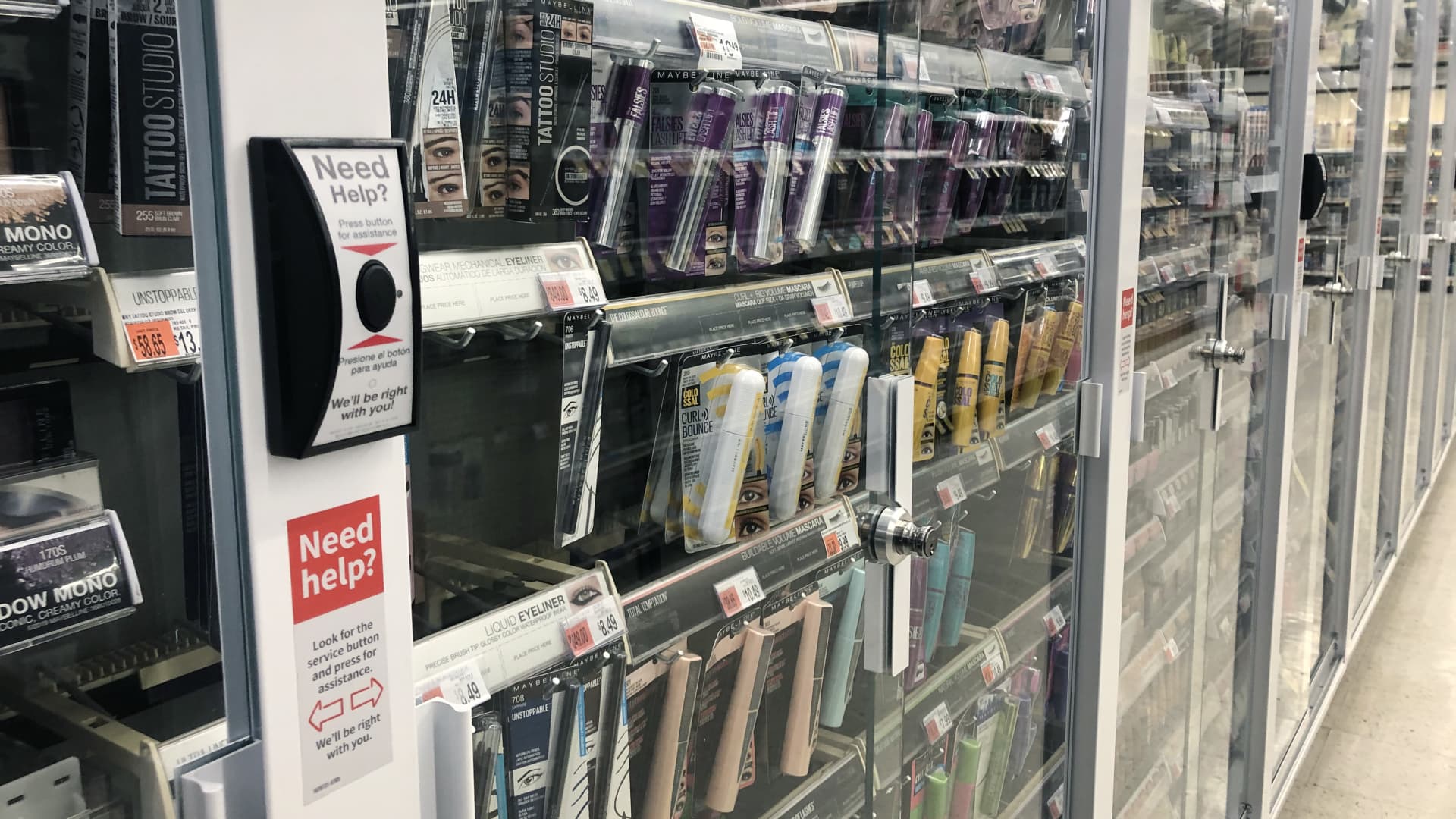A multitude of retailers are once again attributing shrink as one of the main causes of their underwhelming profits for the quarter. However, some of these companies are now offering more detailed information than ever before on the extent to which shrink, including theft, damage, and fraud, is impacting their bottom lines. At the same time, certain retailers are reducing their focus on organized theft as a primary cause of losses due to the increased scrutiny surrounding the validity of these claims.
During the second-quarter earnings reports in August and September, nearly twenty retailers acknowledged that shrink continues to impact their profits. However, the information provided by each company and their explanations for the losses varied significantly. While many acknowledged that shrink is at an all-time high and that the industry is struggling to control it, it is challenging to compare these losses to previous years as most companies have never before disclosed this information.
In general, the inventory losses only make up a small fraction of the retailers’ net sales and are overshadowed by other factors such as excessive discounting and promotions. Despite shrink growing for some companies, these losses are generally in line with the retail industry standard of 1% to 1.5% of sales. This suggests that the problem may not be as dire as certain retailers and trade associations have suggested.
In their second-quarter reports, companies like Target and Dick’s Sporting Goods provided insights into the cost of shrink and attributed it specifically to theft. Target reported a shrink loss of approximately $219.5 million during the three months ended July 29, while Dick’s reported a loss of about $27.1 million during the same period.
On the other hand, Ulta and Foot Locker, both of which previously blamed “organized retail crime” for losses in May, did not mention theft in their most recent results. They only referred to the term “shrink” when discussing its impact on margins.
Among the companies analyzed, Lowe’s had some of the highest shrink numbers. The company attributed its losses to various factors, including organized retail crime and weather-related damages. In its second-quarter earnings call, Lowe’s stated that shrink was consistent with the previous year. However, its annual securities filing revealed a significant increase in shrink from $796 million in fiscal 2021 to $997 million in fiscal 2022.
Walmart noted during its second-quarter earnings report that shrink is not always attributable to theft. The company remains focused on other controllable causes of inventory losses.
In recent quarters, more retailers have identified shrink as a drain on their profits and blamed theft for these losses. However, many have provided little detail on the actual cost of inventory losses. Experts suggest that some companies may be using crime as an excuse to divert attention from other operational challenges, such as poor inventory management and staffing issues.
Companies that disclose shrink numbers and explain their efforts to address the issue demonstrate a comprehensive understanding of the problem. On the other hand, companies that loosely blame shrink and theft for plummeting profits without providing further explanation may be attempting to mask internal issues.
CNBC conducted an analysis of securities filings, earnings calls, press releases, and other publicly available records to estimate the cost of shrink for retailers and compare it to losses from other factors like excessive discounts. While no retailer explicitly disclosed their second-quarter shrink, CNBC calculated estimates for seven companies.
According to this analysis, Lowe’s incurred an annual shrink loss of $997 million in fiscal 2022. Target’s second-quarter shrink costs amounted to $219.5 million. Macy’s reported shrink costs of approximately $11.2 million for the same period.
In conclusion, while retailers are acknowledging shrink as a significant contributor to their losses, the cost of inventory losses varies across companies. The impact of shrink is not as dire as some retailers and trade associations suggest and can be mitigated through effective inventory management and addressing other operational challenges.
Denial of responsibility! Vigour Times is an automatic aggregator of Global media. In each content, the hyperlink to the primary source is specified. All trademarks belong to their rightful owners, and all materials to their authors. For any complaint, please reach us at – [email protected]. We will take necessary action within 24 hours.


